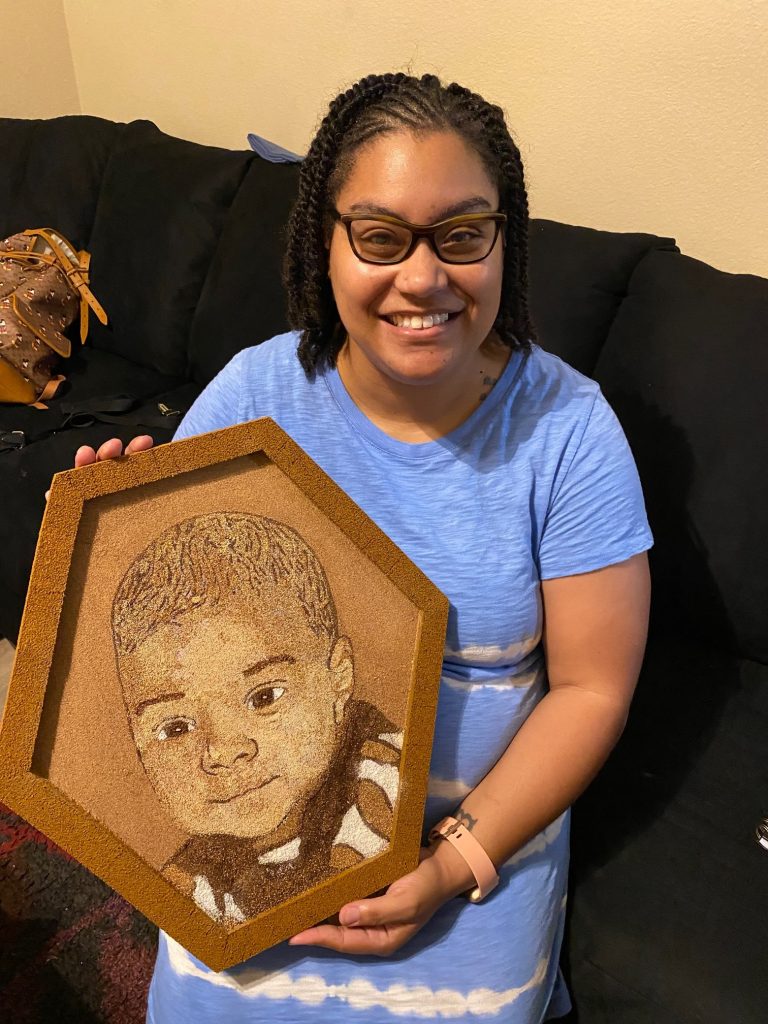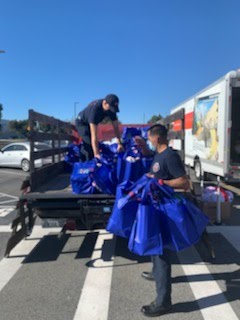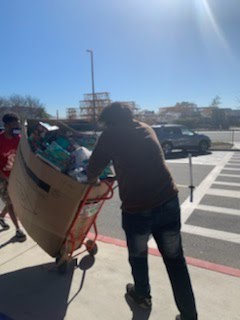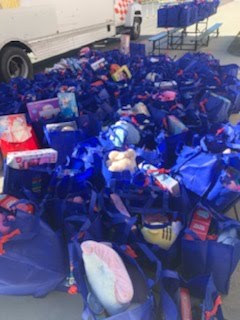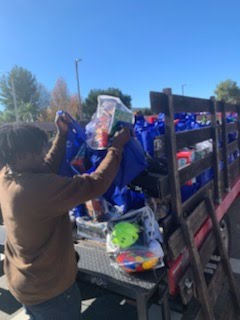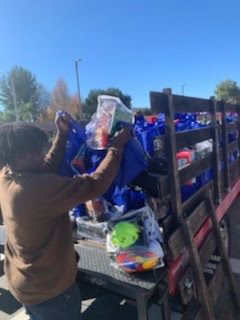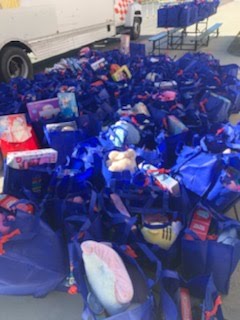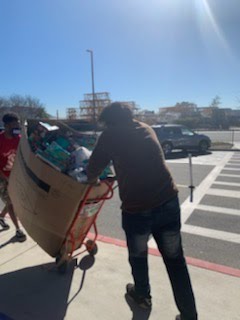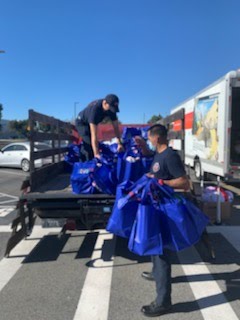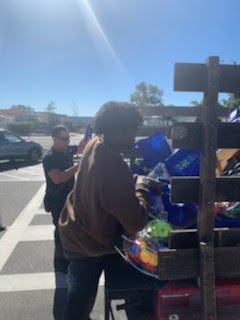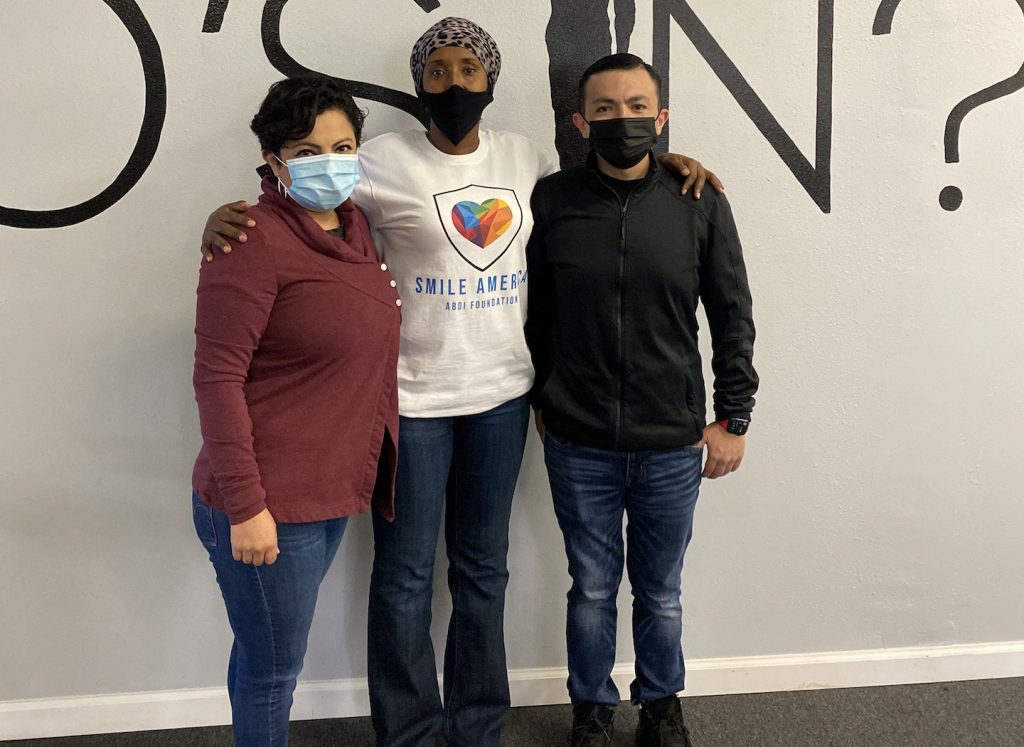‘Berdoo’ Film Celebrates the Resilient Spirit of San Bernardino
By Megan Jamerson
SAN BERNARDINO, CA—- On Christmas Day, a documentary film on the city of San Bernardino called Berdoo will premiere on YouTube. The film is the creation of Executive Producer Nishita Matangi, a graduate of Loma Linda University’s School of Public Health. She saw the need to tell the story of a resilient community working to help its youth overcome barriers to simply attending school.
Matangi is originally from Northern California and said she first learned about San Bernardino when she made the decision to move there for graduate school.
“I obviously Googled it and when I Googled it, you can imagine the things that came up,” said Matangi. She saw headlines saying the city was the most unsafe place in California to live and other startling stats.
During her program, a research project on the city’s school district continued to build on that negative narrative. She learned that nearly 18 percent of students chronically miss school. That’s higher than rates seen at the state and national level.
“So with chronic absenteeism, it counts the days the students miss school, maybe because they were sick or they were staying home because they were taking care of family,” said Matangi. “So it accounts for life situations and not just they’re ditching school.”
But the data didn’t tell the whole story. She remembers the first focus group they did with students, parents, faculty and staff.
“We were all in a room just listening to students kind of banter back and forth, and they were just telling these little life scenarios that you would never even consider, for lack of a better word, a normal upbringing,” said Matangi. “Things like ‘Oh yeah, my dad’s in prison’ or ‘My uncle was shot down the street.’ Right there down the street, and they could pin-point exactly.”
She said while safety was clearly a big issue, students had found ways to adapt and were striving to succeed, with the help of a community that was actively investing in them. And so, the idea to make a film that celebrates the true spirit of San Bernardino was born.
“It’s not a big headline story to say that, hey, this kid woke up and went to school every single day regardless of the fact that his parent was working three or four jobs and nobody was pushing him to go to school,” said Matangi. “It’s just not talked about and I think it’s so sad because these kids, all they hear about their city is the negative, and there’s nobody really sharing the positive side of it.”
The film began production in January of 2020. Filming halted at the start of the pandemic, but the crew got creative and wrapped production in August. One of the community members interviewed in the film is Shanaye Sumner. Sumner said she was asked by Matangi to be in the film after they met at the San Bernardino Food Fest.
“I was excited,” said Sumner. “I didn’t feel like my life was special enough to share that for the film, but once she asked me, I was super excited and I was glad they were doing something on San Bernardino that wasn’t negative.”
Sumner is a 2006 graduate of Cajon High School and said locals like her have a lot of pride in their city. She is also an example of local persistence. Despite growing up seeing substance abuse and violence in the community, she hasn’t lost sight of her childhood dream to become a registered nurse.
“For me personally, I didn’t want to be that statistic,” said Sumner. “Even though the city gets a bad rap, you don’t want to make it look worse by being what everybody expects you to be. So you have to have that mindset, that I got to do what I got to do, no matter what.”
Sumner is now just a few credits away from starting a nursing program. She said the love and support of her grandma has kept her going after getting off track for a while. She would like it if the film inspires others. Executive Producer Matangi agrees and would also like the film to be a gift of hope to the community.
“2020 has been such a rough year,” said Matangi. “San Bernardino has been through so much, just going through its history and it’s come back strong every single time. This is just one more thing to mark down in San Bernardino’s history that people rise up from.”
Berdoo will be available to stream on YouTube for free from December 25 to January 4. To learn more visit berdoofilm.com.
 Westside Story Newspaper – Online The News of The Empire – Sharing the Quest for Excellence
Westside Story Newspaper – Online The News of The Empire – Sharing the Quest for Excellence
